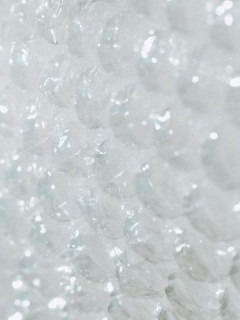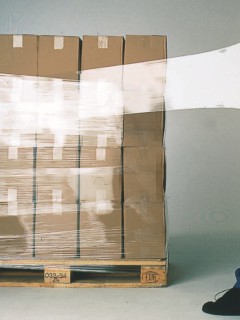We mainly associate augmented reality (AR) with games or other forms of entertainment. However, this innovative technology is now permeating many areas of our lives, including everyday life. In what way? In marketing, AR enriches the consumer experience and at the same time enables companies to better communicate with their customers and offer them additional information in an innovative way. This is being used by the packaging industry, among others.
A new era of interactivity – AR in the packaging industry
Although it is difficult to imagine the use of AR in the packaging industry, it is already becoming a reality. What does it actually consist of?
Augmented reality allows digital elements to be superimposed on a real image, which can be used to interact with product packaging. Thanks to smartphones and tablets, which most of us always have with us, scanning packaging using AR apps is becoming increasingly accessible. This technology allows consumers to get more information about the product, watch instructional animations and even play interactive games or do virtual fitting sessions.
An example is IKEA’s AR app, which allows consumers to visualise furniture in their own home. This is a great solution that is gaining a lot of fans. Similarly, the packaging of some food products, such as breakfast cereal, can include AR elements that allow children to play games during breakfast, which not only increases engagement but also brand loyalty.
AR applications in consumer education
One of the most important applications of AR in packaging is consumer education. With AR, companies can provide detailed information about a product’s ingredients, origin and instructions for use in a more attractive and understandable way. For example, by scanning the packaging of cosmetics, consumers can see a virtual product application guide, which is particularly useful for complex skincare routines.
Increasing consumer engagement and loyalty
AR in packaging can significantly increase consumer engagement. Through interactive content such as games, competitions or virtual experiences, brands can build stronger relationships with customers. An example of this is Pepsi’s campaign, which used AR technology on its bottles, offering consumers the opportunity to participate in virtual games and competitions after scanning the label.
These types of interactive experiences not only provide entertainment, but also make consumers more likely to return to a brand for further innovative and engaging experiences. In the long term, this leads to increased customer loyalty and increased sales. A product is no longer just a useful object. It becomes a complete experience.
Challenges and the future of AR in packaging
Despite the numerous benefits, the implementation of AR technology in packaging comes with some challenges. First of all, consumers need to have the right devices and often dedicated apps, which can be a barrier for less tech-savvy users. Additionally, the development and implementation of AR content can be costly for companies, especially small and medium-sized enterprises. Not every brand can afford such a large financial outlay.
However, over time, as the technology becomes more accessible and widespread, these challenges will gradually fade away. The future of packaging with AR elements seems promising, with more and more companies investing in the technology. We can expect packaging to not only protect and present the product, but also provide valuable and engaging experiences that will revolutionise the way we consume products.
What’s more, AR in packaging could also be the answer to how to improve store profitability as it is also used in supply chain optimisation.
AR in packaging – a summary
Augmented reality has the potential to significantly impact the future of packaging, offering new opportunities to interact with consumers and provide them with valuable information in an attractive way. Although there are some challenges in implementing this technology, the benefits are enormous.
Companies that choose to invest in AR can expect to increase consumer engagement and loyalty, which in the long term will translate into increased sales and a stronger market position. The future of packaging with AR is full of possibilities, and the development of this technology can bring many innovative solutions that will revolutionise the way we interact with products.
Read also: Secrets of organisational power.














